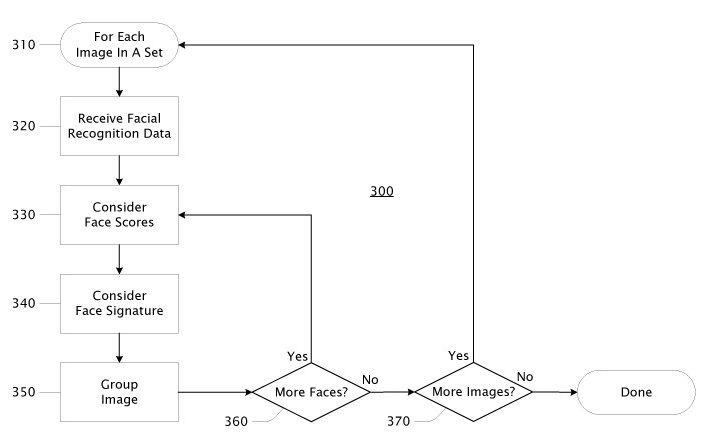Microsoft is developing a facial recognition-based image-searching tool that can identify people
The searching tool can be theoretically integrated on platforms, such as OneDrive.
2 min. read
Published on
Read our disclosure page to find out how can you help Windows Report sustain the editorial team Read more

Microsoft has been experimenting with facial recognition technologies for a while now: there is Windows Hello, which employs it as one of the ways to log in to Windows 11 passwordless (and if it doesn’t work, you can set it up by following this guide).
Then there is also the Azure AI face service, which can be used to detect, recognize, and analyze human faces in images, and it can be employed in a variety of other detection-based platforms to carry on with it.
However, according to a recent patent that Microsoft published, the Redmond-based tech giant does want to take the current technology to the next level: we’re talking about a technology that is able to group and rank images based on the people shown in them.
Images will be grouped if they show the same person or the same group of people: the technology then ranks the images and shows the results.
The ranking can also be influenced by other data that shows family and friends, which can help identify the people in the images, faster, and more accurately.
Ranking engine may also rank groupings of images based on the faces of the common entities in the images in the groupings. For example, larger-entity groupings may be ranked higher than smaller-entity groupings. Further, groupings with a lager number of faces of entities that are determined to be friends or family or the like may be ranked higher than groupings with a lesser number of such.
The engine will make use of social media applications to identify the user, as well, and in other instances, those interested in finding out about a certain individual can also provide images of their own, such as photo albums.
It will interesting how this facial recognition technology will play out in the overall Microsoft policy. For Azure, for instance, users must acknowledge and agree in the Azure Portal that they will not use the service by or for a police department in the United States and that they have reviewed the Responsible AI documentation and will use this service in accordance with it, says the official blog post.
Either way, the technology might be integrated into platforms such as OneDrive, which already has an AI-based searching tool.









